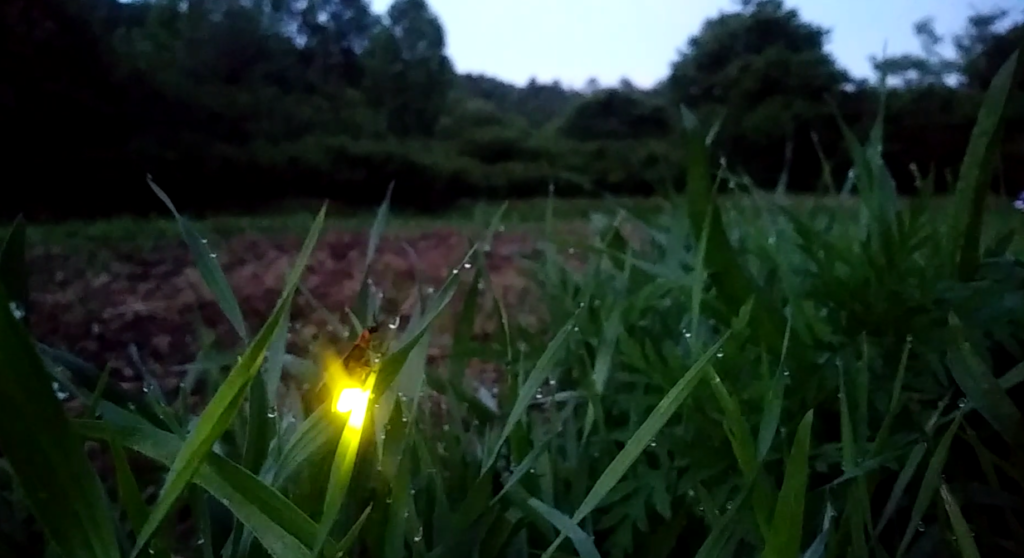By Sarah Johnson
Think about what’s upstream and how you can make a difference downstream by using native plants.
Plants are one way to read the health of a landscape.
The other is through insects.
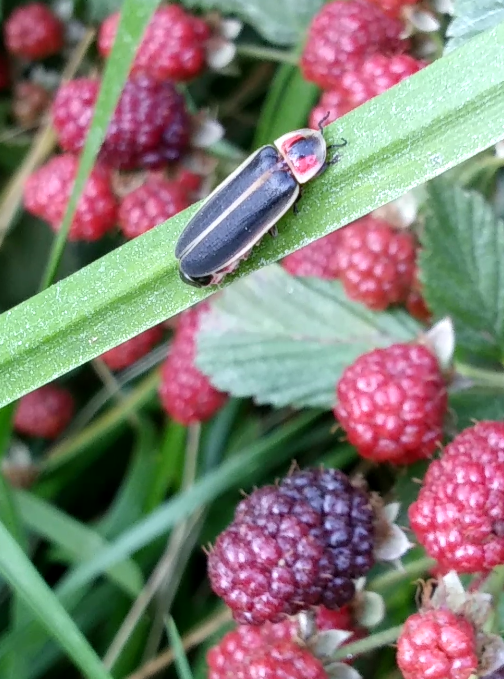
And across the world, lightning bugs are in decline.
It was on a warm nightwalk in late spring when I began to realize that something was wrong here up on the creek. As my dog cooled off in the water that separated our two properties, I gazed across into my neighbor’s cow pasture. The lightning bugs weren’t as numerous hovering above his field. Whereas my grandfather’s land behind me glittered with their silent songs of light.
I could not understand why. My neighbor is upstream of us and surrounded by our land. We have the same habitat. He has cows. We have horses. He mows. Yet so have we, when our equipment cooperates. He has mixed species of forage, mostly non natives like fescue. As do we. My horse pasture is by no means a model of adequate forage. We have non-natives. We even have invasives that we are trying to get rid of. Yet, even our garden, which had been plowed and mowed, still had more lightning bug activity than his pasture.
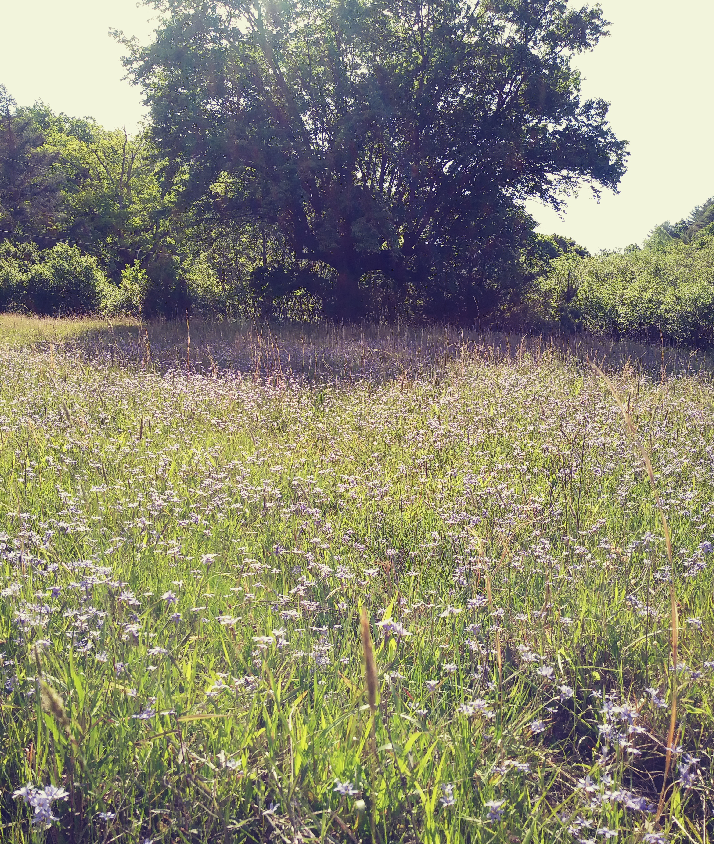
What was going on?
A few nights later I took my husband out to watch these mysterious beetles. I asked him to estimate how many flashes he saw in our neighbors cattle pasture versus our fields. As we stood there in the deeping dark I could hear the puzzlement increase as he muttered under his breath. He would turn and glance back at our fields for long stretches, then back to our neighbors across the creek.
“Twenty to one, at least.” He said after a long study.
We both pondered over this observation for a few weeks.
Almost every night I was out taking my dog for his walk and taking note of any lightning bug activity. It is partly thanks to these walks that I gained a new understanding of this natural phenomenon.
First, “lightning bugs” are not bugs at all. And “fireflies” are not flies. They are two different names for a type of soft bodied bioluminescent beetle. The part about being soft-bodied is important because that is what makes them vulnerable to drying out and to contaminants in the soil.The names differ depending on what region you are from. Places with more lightning prefer “lightning bug” while places prone to wildfires use “firefly.” Personally, if you’ve ever sat outside and experienced heat lighting then you’ll understand my preference for “lightning bug.”
Some species don’t flash at all and rely completely on pheromones to find their mates.
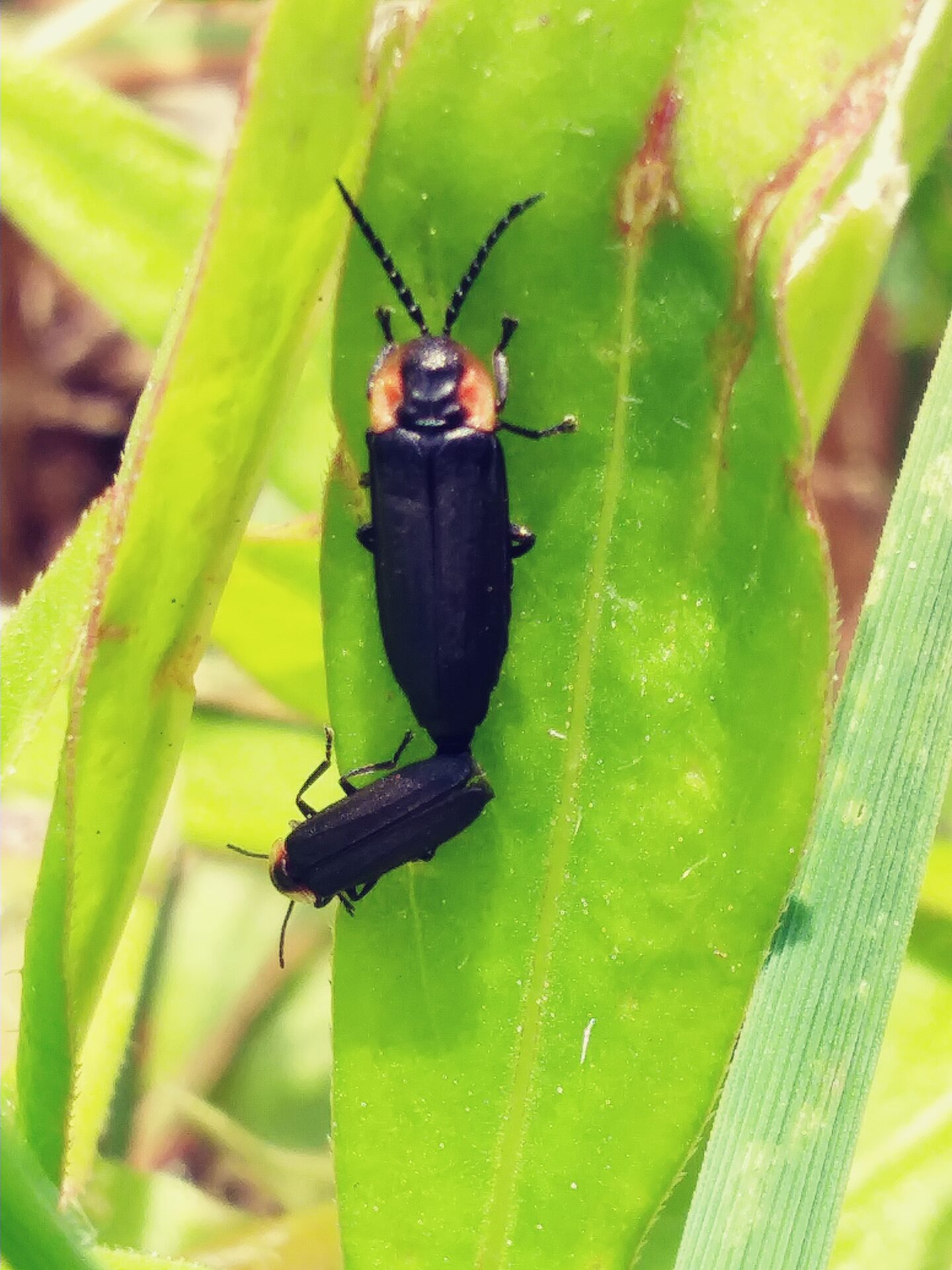
North Carolina has 30 to 40 different species
This region of Western North Carolina where I live is blessed with 19 different species of lightning bug. Two species in particular get international attention: the Synchronous Firefly and the Blue Ghost. Both species exist in fragmented habitats scattered across the mountains. Females of some species, like the Blue Ghosts, are larviform. They still retain some of their larval characteristics into adulthood and in this case are entirely flightless. If their habitat is disturbed or damaged these females can’t pack up and move to the next holler. The population in that area can be irrevocably damaged or perhaps even extinguished entirely.
Sadly, the Pointy Lobed Firefly, which was first discovered at Mount Pisgah, is now listed as endangered under the IUCN Red List of Threatened Species* (International Union for Conservation of Nature). Some populations in Florida and South Carolina may already be extinct. The Pointy Lobed Firefly* is a habitat specialist whose marshland is vanishing due to development and pollution.
In the study of fireflies, it’s the adult males, which live about a week or so, that get all the attention. Little is known about the behavior of some females or their larvae.
That is significant because lightning bugs spend the majority of their lives, one to two years, as larvae burrowing through the soil and moist leaf litter.
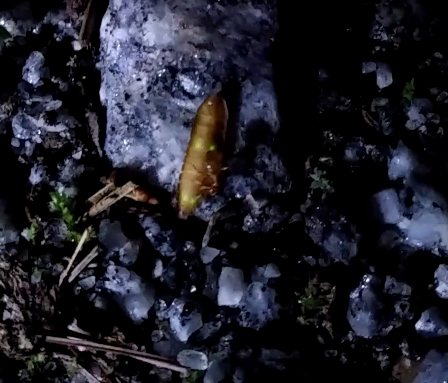
Some species are semi-aquatic. They are the tiny glowing wolf packs of their habitat niches. Voracious minute predators of worms, slugs and snails.
Lightning bug larvae are the keystone species of their ecosystem.
A sign of an imbalance
The darkened fields of my neighbor was a sign of an imbalance. There was indeed something wrong.
We finally found out one day when our neighbor paused at our garden while my husband was hauling composted horse manure.
“I wouldn’t be usin’ that manure on your garden.” He said while peering out his truck window. “Could be contaminated with herbicide.”
My husband was puzzled over this. “But we don’t spray anything.”
“It’s in the hay. Passes right through the gut of the animal and composting doesn’t faze it. Ruined my whole garden.” said my neighbor. “Check your hay.”
We did, and luckily our hay source is all clear. And my plants all looked pretty good for surviving a hot and dry June. And pregnant deer using them as a snack bar. Whatever my problems, herbicide wasn’t one of them.
I had to know more, so one muggy afternoon I visited him in his garden. We stood in the shade near his empty little fenced plot. Surrounding it was his cow pasture, the same pasture that had so few lightning bugs at night.
We didn’t realize
“It’s called Grazon.” He told me wearily. “We sprayed it on the field here, and the other hay pastures a few years back. I sold hay to the alpaca ranch, and then later got some of their aged manure and put it here in the garden. We didn’t realize it would do this. If we had known it, we never would’ve used it. My garden is ruined. I can’t grow anything in the nightshade family. They say I could grow corn but I’d have to harvest it and throw it in the landfill. This herbicide could take seven years to break down, they said. I’m 77 years old, I could be gone in seven years.”
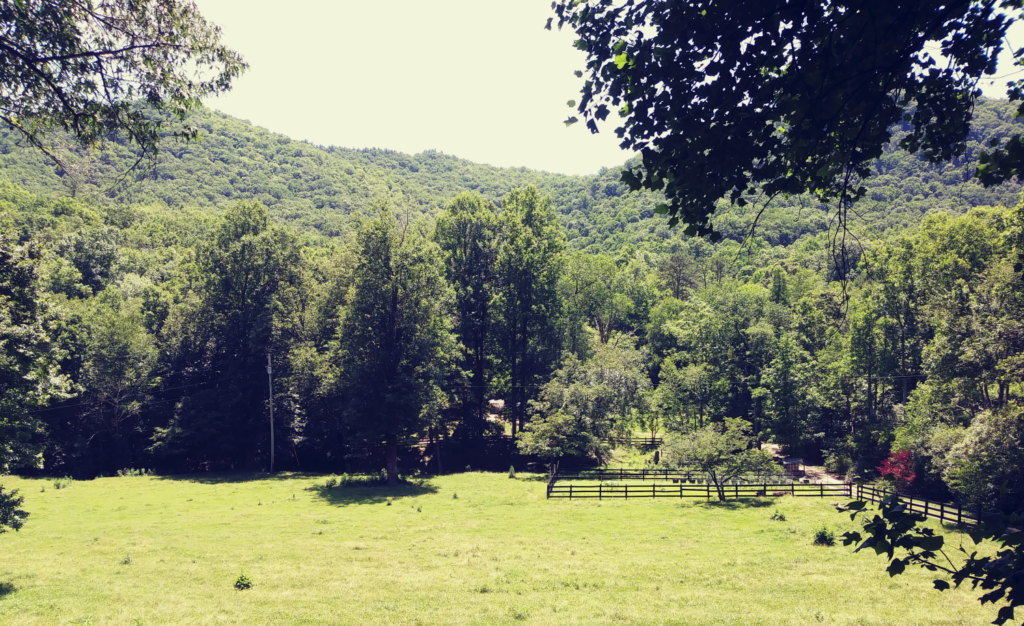
Shocked and saddened, I returned home to research this chemical. Maybe even find out ways to heal the damage.
A quick internet search can lead you to many gardeners experiencing similar problems with contaminated compost. Could this be the reason why the lightning bug population in his pastures seemed so reduced? How can the damage be healed? It is a growing issue.
Grazon is an aminopyralid “restricted-use herbicide produced by Dow AgroSciences to control a wide variety of broadleaf weeds. It is registered for application to pastures, residential lawns, commercial turf, certain vegetables and fruits, and roadsides.” Picloram is another name for it and in one study, “continued exposure to drinking water that has levels of picloram above its maximum contaminant level (MCL) can cause adverse health effects.
Is it contaminating our water?
Western North Carolina is well known for the study of hydrology. Dubbed ‘the Water Tower of the South’ because we supply nearly five million people with drinking water. Small actions upstream can have big effects downstream. Personally I worry what this herbicide runoff could be doing to the Little Tennessee River area named in 2015 as the nation’s first Native Fish Conservation Area.*
I had hoped to find out how to heal my neighbor’s herbicide damage but that’s still being researched. Different bioremediation methods include: controlled burns, replanting with bioaccumulating crops, and mycoremediation (using mushrooms to pull contaminants from soil). Some could take years to work. It’s a daunting task given that in my county alone there are around 5,000 acres in hay production. At that rate, my neighbor might not live to see his garden healed.
Benefits of native grasses
Had he relied on a diverse native forage mix in his fields perhaps he wouldn’t have used Grazon. In this article, NC Native Plant Society member Ruth Ann Grissom describes the benefits of some North Carolina native grasses. Species like big bluestem, Indiangrass, gamagrass and switchgrass all provide drought and heat tolerant forage with little to no fertilizer inputs.
Another article about North Carolina native grasses** explains how riparian buffers using native grasses and plants have shown to improve water quality. Their long root systems hold the soil in place.
Native plants for lightning bugs
Native grasses also provide lightning bugs with natural habitat. Here is a study by the NC Cooperative Extension on the advantages of growing summer native grass pastures.
And here is a list of native plant species beneficial to lightning bugs; it’s tailored for a Texas audience but some of the species are present throughout the south. Landscaping with plants native to your region has so many benefits. Also, here are ways to attract lightning bugs.
One group that offers a range of naturalist-based hikes, along with basic birding, botany, forests, and Little Tennessee river trips is Alarka Expeditions, a Franklin, North Carolina based guide service owned by Brent and Angela Faye Martin. Located next to the Nantahala National Forest, they also offer group courses on winter tree identification, nature journaling, phenology, cultural/natural history, art and literature. I hope you will take the time to think about what’s upstream and learn how you can make a difference downstream by using native plants. Your land will literally glow because of it.
Editor’s Notes:
Regenerative farming is the subject of the film, Kiss The Ground, narrated by Woody Harrelson and available on Netflix. It “unpacks the ways in which the earth’s soil may be the key to combating climate change and preserving the planet,” stated in the film’s description.
* For more references, see the Wildlife Action Plan, SWAP of the North Carolina Wildlife Resources Commission; IUCN Red List of Threatened Species; Pointy Lobed Firefly; health effects of herbicide in one study; and the nation’s first Native Fish Conservation Area, Little Tennessee River.
** “Grasses” by Nancy P. Shires, Encyclopedia of North Carolina by William S. Powell, ed. Copyright © 2006 by the University of North Carolina Press.
By Sarah Johnson
Native Plant News – Fall 2022
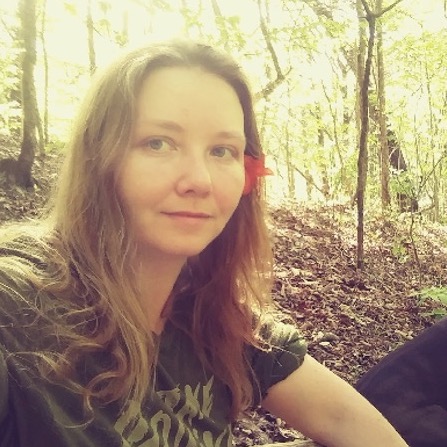
Sarah Johnson is an artist, mother, naturalist and attempted homesteader. She chose not to leave the Blue Ridge mountains and is working on getting her grandfather’s old farm back into order. Her love of the plants and wildlife that call her farm home has always steered her path. She now takes people on Lightning Bug Walks on her farm during the summer. And thanks to Angela Faye Martin, Sarah now gives lightning bug tours for Alarka Expeditions.
Copyright © 2022 North Carolina Native Plant Society. All rights reserved.
